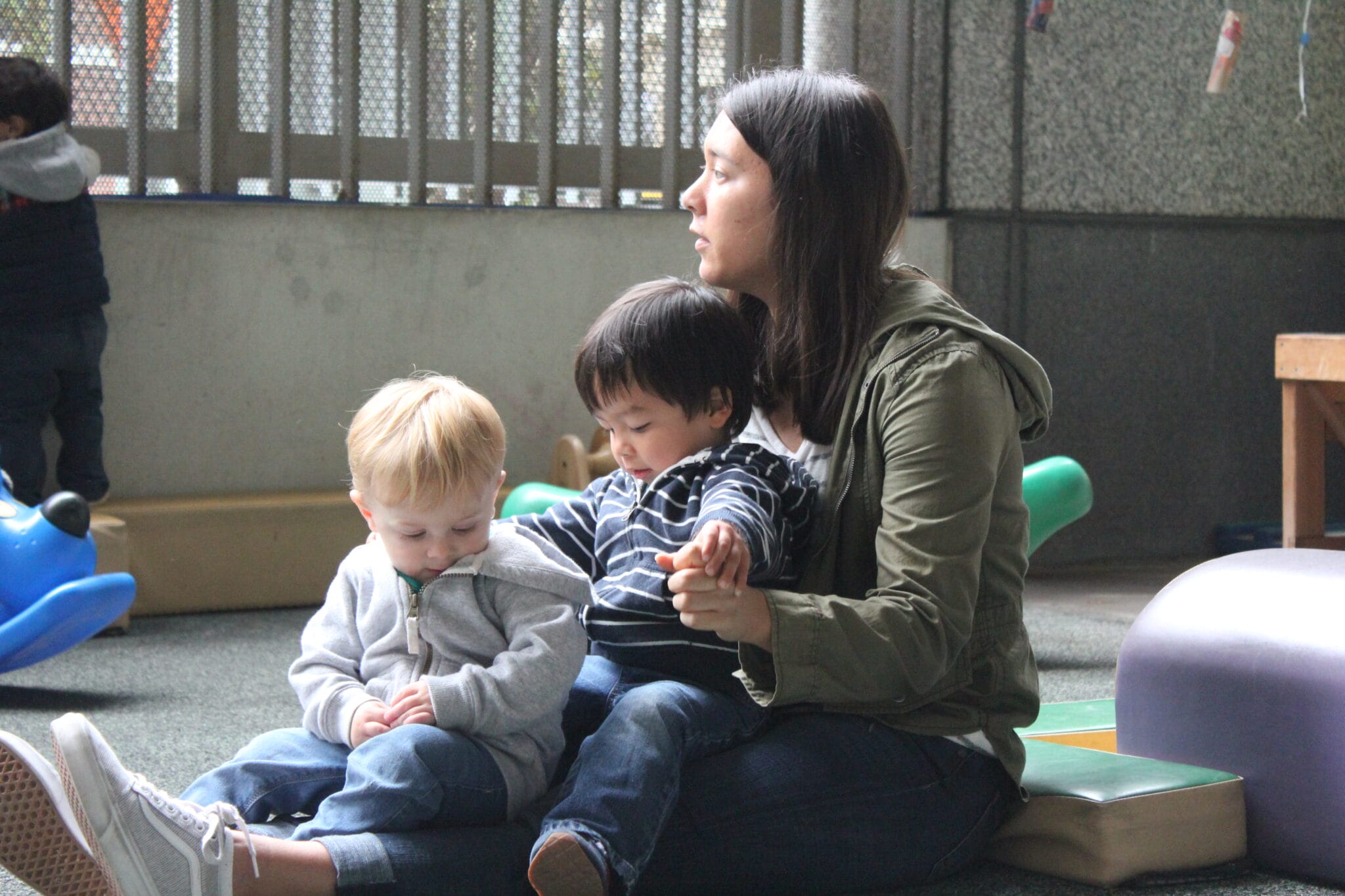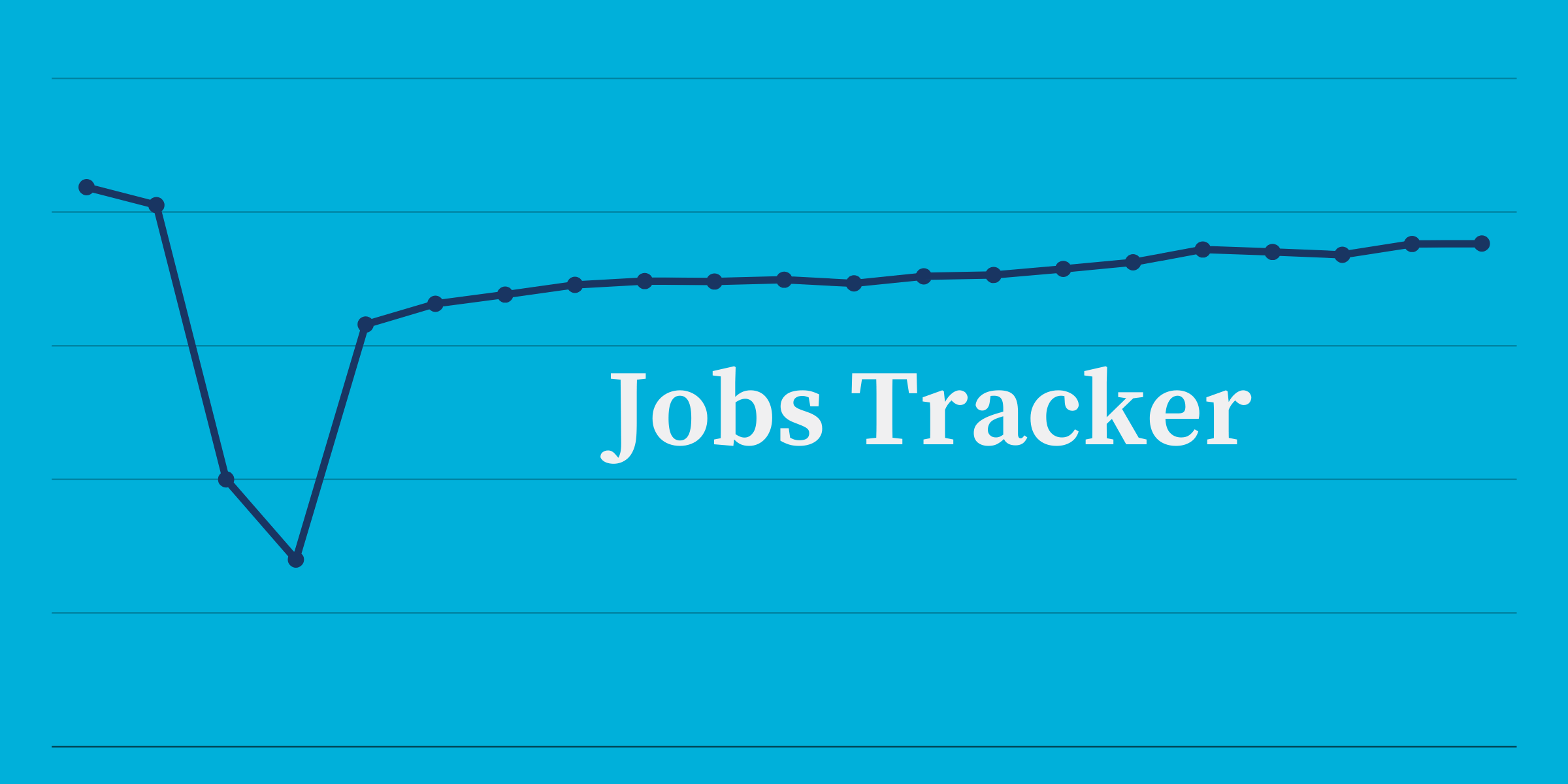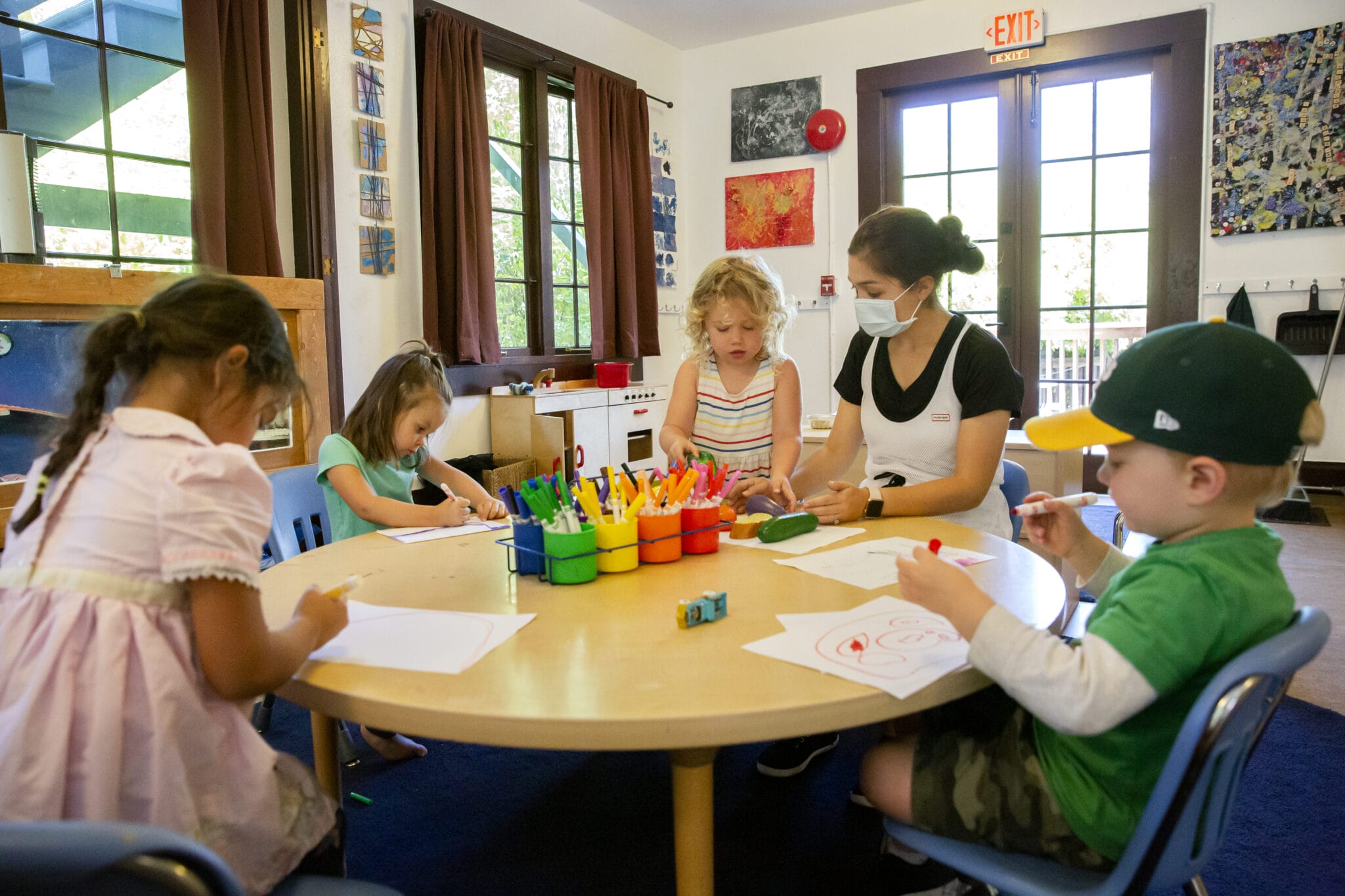This originally appeared on The Hill on March 20, 2020.
From the moment their day starts, early educators are cradling infants, getting that toddler to blow their nose (again!), or gathering children for storytime. While schools have closed for millions of students, child care programs are being urged to remain open. Children and their teachers in child care settings are no less contagious than those in schools, but some policymakers are making this arbitrary determination.
From the moment their day starts, early educators are cradling infants, getting that toddler to blow their nose (again!), or gathering children for storytime. While schools have closed for millions of students, child care programs are being urged to remain open. Children and their teachers in child care settings are no less contagious than those in schools, but some policymakers are making this arbitrary determination.
Or worse, early educators are simply invisible. During a recent White House briefing, members of the Coronavirus Task Force played hot potato with a question about closures of child care centers. Yet, the Center for Disease Control (CDC) has already recommended that both child care programs and schools be closed as a strategy to stop or slow the spread of COVID-19.
Confusion reigns, and inconsistent policy is putting all of us — early educators, children, families and the community at large — at risk. Here’s what our national leaders need to do.
Essential workers require child care during this emergency, but all non-essential workers should be granted paid leave to care for their children for the duration of the emergency. Flattening the curve of COVID-19 is the most important way to ensure the health of our communities, but this strategy requires a consistent response that enables all parents and all educators, regardless of setting, to limit their own exposure.
Emergency child care, whether in small groups or one-on-one, should be staffed by trained early educators who are paid generously—think hazard pay. They should be guaranteed adequate protective supplies, child care for their own children, and health coverage and paid leave if they are exposed or become ill.
Early educators and their employers should be included in federal plans for financial relief for targeted workers and industries. Before this pandemic, early educators were teetering on the financial brink. Most early educators—nearly all of whom are women, many of them women of color—work in small center- and home-based programs and earn a median wage of $10.72 an hour, with no or few paid leave or health benefits.
Educators who fare somewhat better are more likely employed in federally funded Head Start or state-funded public preschool, but these programs represent only a fraction of early childhood jobs. This small group of programs, as well as K-12 schools, are being closed, with government support for staff pay during this crisis. Yet most children in the United States are not in programs funded wholly or partially with public dollars. Private programs realistically worry that they cannot survive reduced enrollment or cover fixed costs if the program closes, let alone offer staff paid leave.
We should stop the double standards for early educators. If we want K-12 schools and publicly supported pre-school and Head Start to close, why are we asking private child care homes and centers to remain open and risk their employees’ health? While nearly all other workers are being directed to socially distance or isolate, some states are loosening regulations so providers can serve even more children. Without options to support closures that preserve operations and staff salaries, it is clear why programs would strive to stay open and educators keep showing up to work.
Congress is now crafting a package of proposals for financial bailouts to the hospital, cruise, and airline industries. They must invest that same level of urgency, energy, and resources for the early care and education industry. By guaranteeing every early educator—in homes or in centers—paid leave at their full salary while they are out of work and by underwriting all child care businesses, policy leaders can act to ensure that the two million early educators and the programs that employ them are healthy and ready to resume their services once it is safe.



